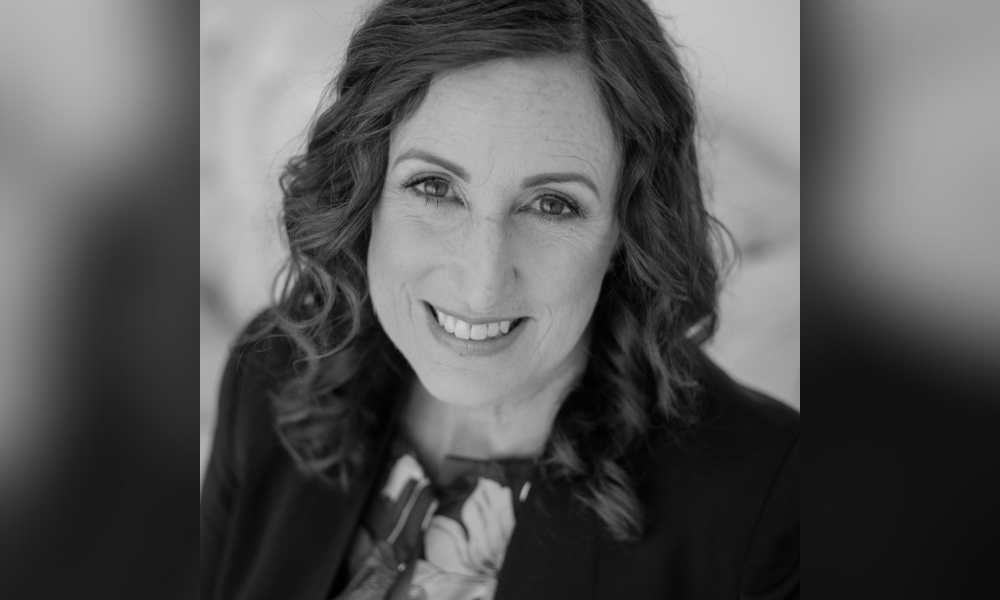
'People need to know what to expect – they need to have clarity on their objectives and how that's going to be measured': NZ CPO

A Gartner HR survey released last month revealed that only 41% of employees are achieving optimal performance levels.
Also concerning? Only 29% of HR leaders feel confident that their organisation’s current processes are effective at helping employees achieve and sustain their best possible performance.
Bucking that trend, Roz Urbahn, chief people officer at LIC, told HRD, “What I’m good at, my strength is bringing talent through and making sure that teams are performing to the best that they can.”
But Urbhan agrees with the data, believing most Kiwi organisations are behind when it comes to high performance.
“I think we’re starting to get there,” she said, “but the quick answer is actually no, we’re not putting enough emphasis on high-performance training.”
Urbahn says one of the problems is many employers think they need to choose between workforce high performance and employee wellbeing.
“I don’t think they need to. I think you need people like me to challenge that thinking and go, ‘It’s fundamentally not true.’ You know if you come into work and you’re feeling good and positive, your performance absolutely goes up,” she said.
“For me, it’s about how do you get both to be sustainable? Everyone has a different balance and it’s never going to be the same each day, so you have to be able to have the skills and focus on both — the wellbeing focus and the performance focus — you can’t have one without the other.”
For Urbahn, high performance comes down to having clearly defined goals so employees can see how they’re performing against them.
“That’s the tricky part,” she said. “Setting goals is not as easy as you think. You can read the definition of what a smart goal is but actually bringing that to life isn’t simple.”
LIC provides products and services to the dairy farm industry. The company has 850 permanent staff, but it also onboards and offboards an additional 1400 seasonal workers during milking season, and high-performance initiatives are also applied at that level.
“Where we might not have our seasonal group of employees permanently, what we need to do is set them up really well for the job that they’re doing and make sure that they feel connected to LIC,” said Urbahn.
And with that large a workforce, it’s important to have structures in place.
“That’s something you just can’t wing — people need to know what’s coming and what to expect, they need to have clarity on their objectives, and clarity of how that’s going to be measured,” she said.
Urbahn conceded that one of things she’s really had to work on is being brave, something that she thinks all the HR industry has had to develop over the last three years.
“COVID showed us that we didn’t know, no one knew, but what happened was all these smart people with lots of traditional soft skills that weren’t as valued before, started shining out and going, ‘You know what? We need to look at this problem in a different way,’” she said.
Having performance frameworks is key — but equally as key is flexibility, said Urbahn.
“When you're looking at high performance, it's actually having a level of flexibility built in and it has to be about conversations. So, talking to teams talking to your individual direct reports as well about… what's working and what's not.”